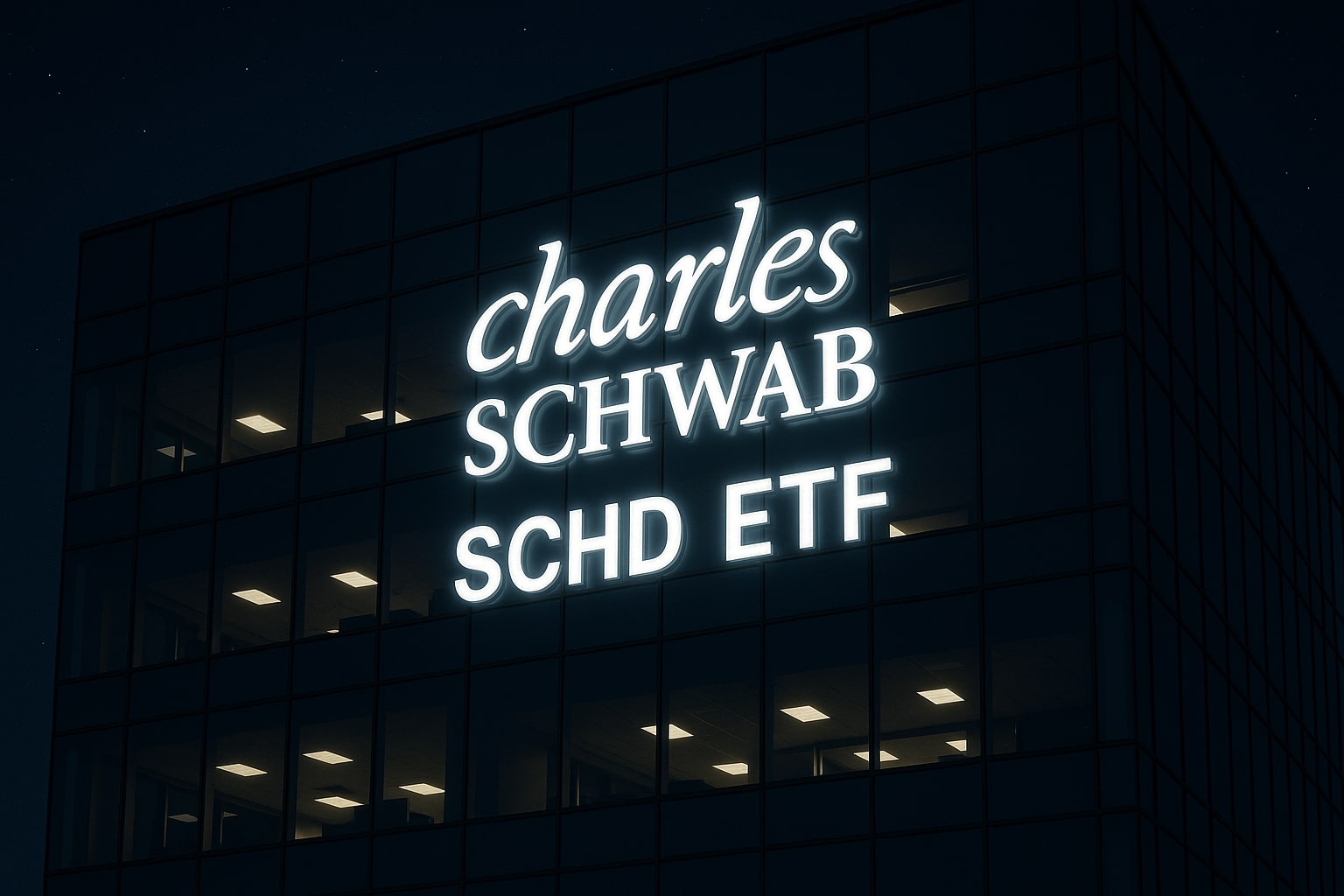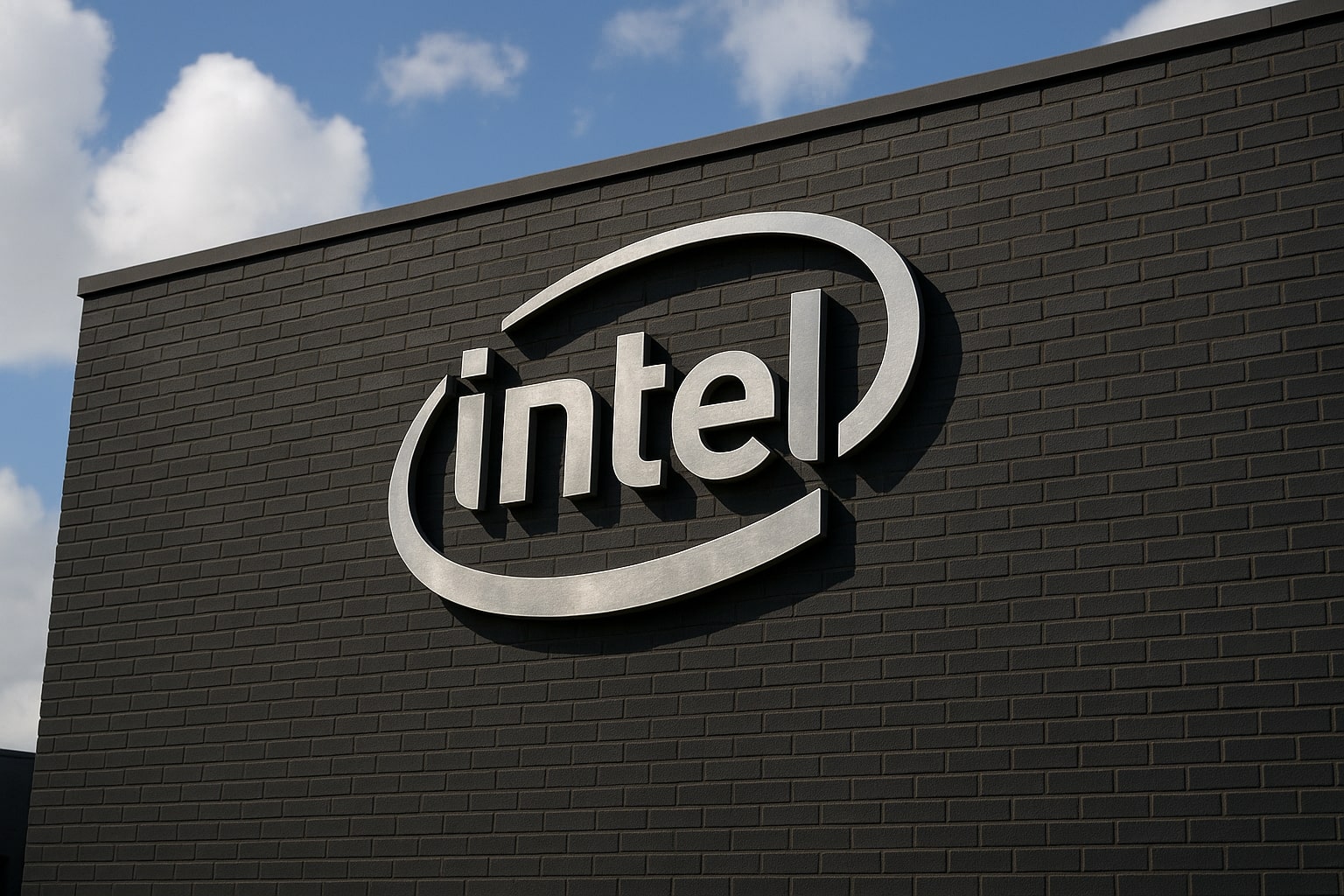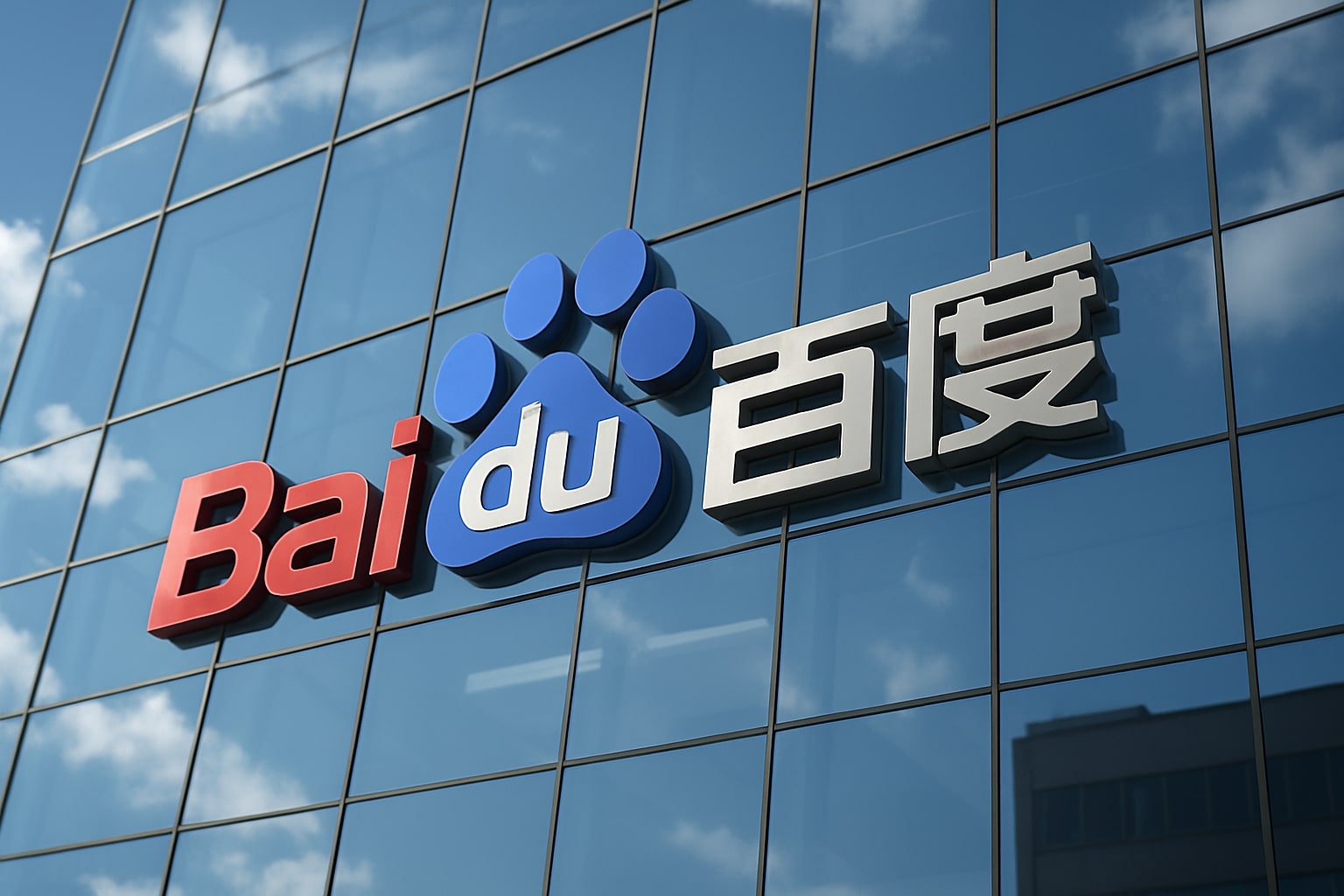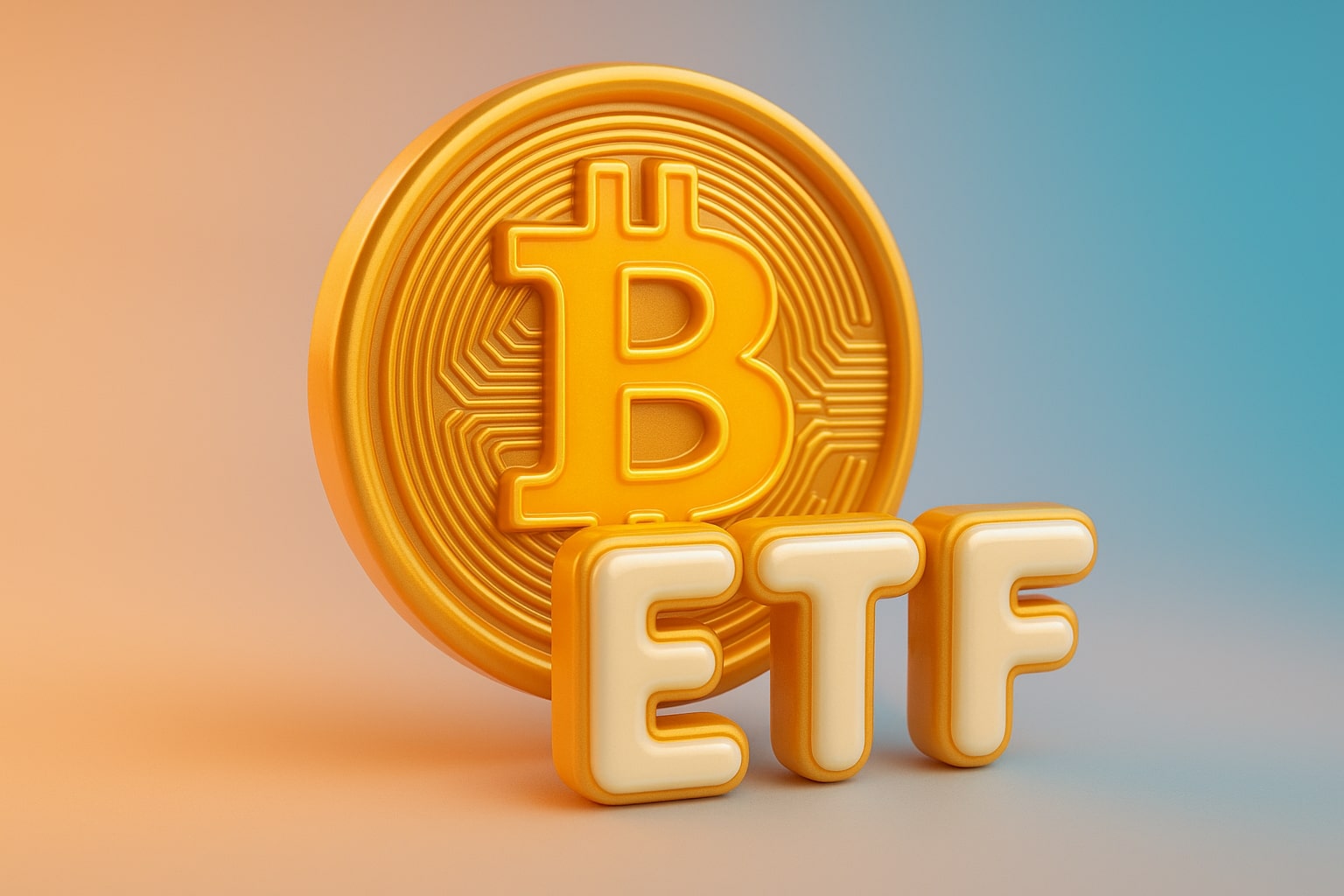Apple shares have rallied 18 percent year-to-date, closing at $189.72 on August 1, 2025, versus $160.80 at the start of January. Intraday swings between $185.12 and $192.45 over the past week reflect investors grappling with mixed signals: robust services growth against decelerating hardware momentum. Trading volume has averaged 74 million shares daily, up 12 percent from its three-month average, indicating heightened debate among bulls and bears as NASDAQ:AAPL tests its 50-day moving average support at $190.04.
Hardware Revenue Breakdown And Consumer Adoption Trends
In Q3 Apple generated $94.04 billion in revenue: $44.6 billion from iPhone, $8.05 billion from Mac, $6.58 billion from iPad, and $7.40 billion from Wearables, Home & Accessories. iPhone units rose 4.2 percent to 60.1 million, but average selling price dipped 8 percent to $743 amid aggressive promotional activity in Greater China, where volumes climbed 9 percent year-over-year. Mac shipments surged 10 percent in developed markets as enterprise IT spending bolstered demand, while iPad sales contracted 7 percent globally, signaling consumer upgrade fatigue. Wearables revenue re-stagnated, with AirPods volumes down 5 percent sequentially as replacement cycles elongated.
Services Expansion And Subscription Ecosystem Dynamics
Services reached $27.4 billion, up 13 percent from $24.2 billion a year prior, representing 29 percent of total sales. Apple Music subscriptions now exceed 110 million users, an 18 percent increase, while App Store billings climbed 15 percent driven by gaming and productivity apps. iCloud paid accounts grew to 95 million, up 12 percent, helping Services gross margin expand 150 basis points to 72 percent. However, EU antitrust reforms threatening mandatory alternative payment systems loom as a potential 300 basis-point margin headwind—equivalent to $1.2 billion in annual profit erosion if enacted without offsetting price adjustments.
Capital Allocation Versus Technology Investment Priorities
Over the trailing twelve months Apple has deployed $110 billion to share repurchases versus $32 billion in capital expenditures and $34 billion in R&D. Q3 buybacks of $22.9 billion outpaced CapEx by 2.4×, while R&D to revenue held at 8 percent, flat year-over-year. By comparison, Alphabet increased infrastructure investment by 24 percent to $15 billion, and Meta’s data-center and AI spend topped $40 billion. Apple’s free cash flow of $82 billion saw net leverage decline to 0.15× EBITDA, emphasizing financial flexibility but underscoring underinvestment in proprietary AI accelerators, next-gen silicon fabs, and mixed-reality headsets.
On-Device AI Roadmap And Competitive Compute Capabilities
Apple Intelligence, integrated across iOS and macOS, leverages third-party large-language models via on-device caching but lacks an in-house foundation network. The M3 Pro’s Neural Engine delivers 48 TOPS, trailing NVIDIA’s H200 GPU at 960 TOPS in FP16 inference. Microsoft’s Copilot integration spans 300 million Office users, Google’s Gemini powers 80 percent of global search queries, and Meta’s Llama is royalty-free for enterprise deployment. Absent a $3 billion annual dedicated AI chip roadmap, Apple risks ceding next-wave compute leadership and platform stickiness as generative AI becomes table stakes for consumer and enterprise software.
Supply-Chain Resilience And Geopolitical Cost Pressures
Q3 saw 25 percent import tariffs on India-assembled iPhones impose an estimated $1.2 billion incremental cost, partly absorbed by a 5 percent ASP uplift in emerging APAC markets. In Greater China, 10 percent short-term discounts shaved $3.6 billion off iPhone revenue but preserved unit growth. Diversification to Vietnam, India, and Mexico has increased per-unit manufacturing costs by 12 percent over two years. Ongoing U.S.-China tech tensions and proposed EU export controls on advanced silicon threaten another $1.8 billion in annual margin pressure if Apple must reroute critical components through alternate foundries or logistics corridors.
Valuation Framework And Sensitivity To Growth Assumptions
NASDAQ:AAPL trades at 29.5× consensus fiscal-2026 EPS of $6.43 and an EV/EBITDA multiple of 22.3× based on 2025 EBITDA of $61 billion. A discounted-cash-flow model with 6 percent revenue CAGR, 30 percent EBIT margin, and a 9 percent WACC produces a fair value of $197, just 4 percent above current quotes. Under a downside scenario—3 percent revenue growth, 28 percent EBIT margin, 25× multiple—the implied share price plunges to $142, a 25 percent decline, signifying elevated multiple compression risk if hardware deceleration or Services margin headwinds materialize.
Environmental, Social, And Governance (ESG) Initiatives As A Strategic Lever
Apple’s $17 billion 2025 green bond funds a 100 percent renewable-energy goal across facilities and a planned 450 MW of new solar installations. Customer-facing recyclability enhancements—90 percent material reuse in device remanufacturing—aim to cut carbon footprint by 40 percent by 2030. Social investment in privacy-first AI frameworks and $100 million in global educational grants bolster brand equity, yet ongoing criticism over supply-chain labor practices in Southeast Asian assembly plants remains a reputational risk that could invite regulatory scrutiny and consumer activism.
Strategic Outlook And Positioning Recommendation
Apple’s Q3 results reinforce its cash-generating prowess—$82 billion of free cash flow, 46.5 percent gross margin, 13 percent Services expansion—but reveal a company at a strategic inflection: underinvesting in AI compute, facing escalating geopolitical costs, and trading at premium multiples without clear catalysts for reaccelerated hardware growth. Amid valuation risk and intensifying platform competition, maintaining existing allocation while monitoring AI roadmap milestones, tariff resolutions, and Services margin stability is prudent. The evidence supports a Hold rating: too expensive to add incremental exposure yet too robust a balance sheet and franchise to exit entirely.
That's TradingNEWS



















